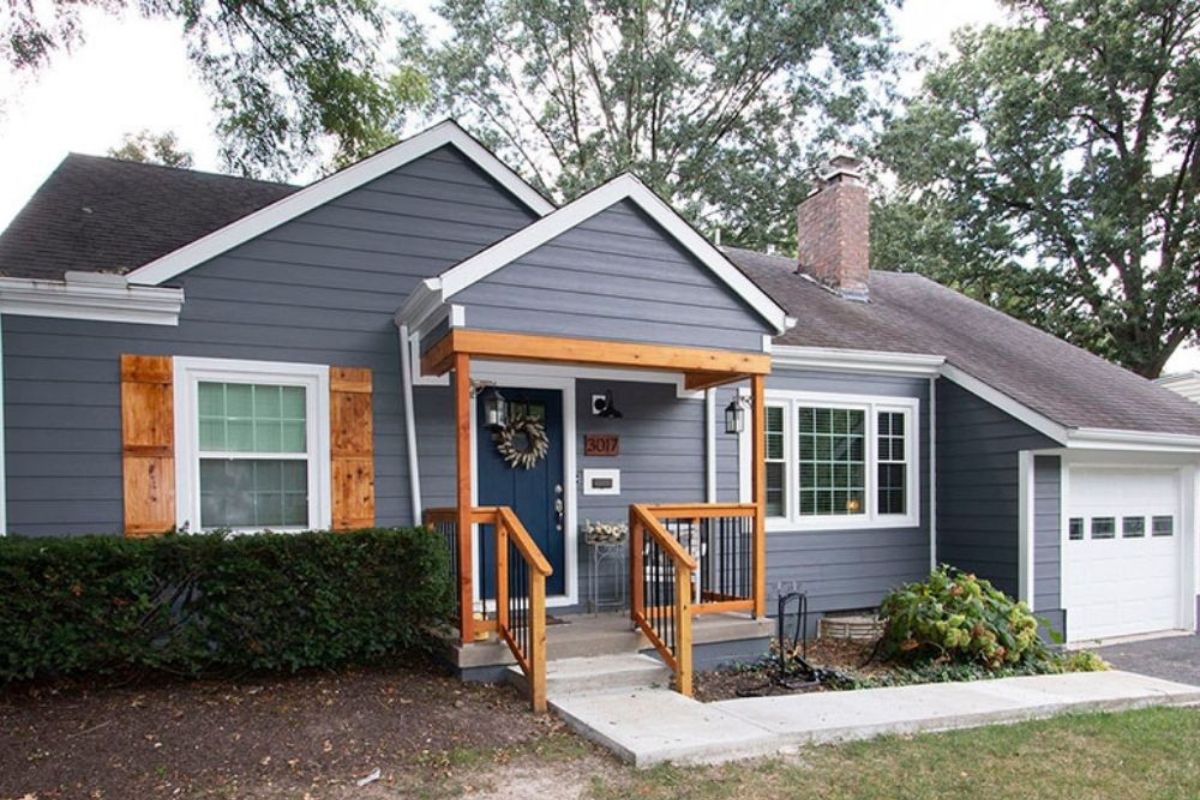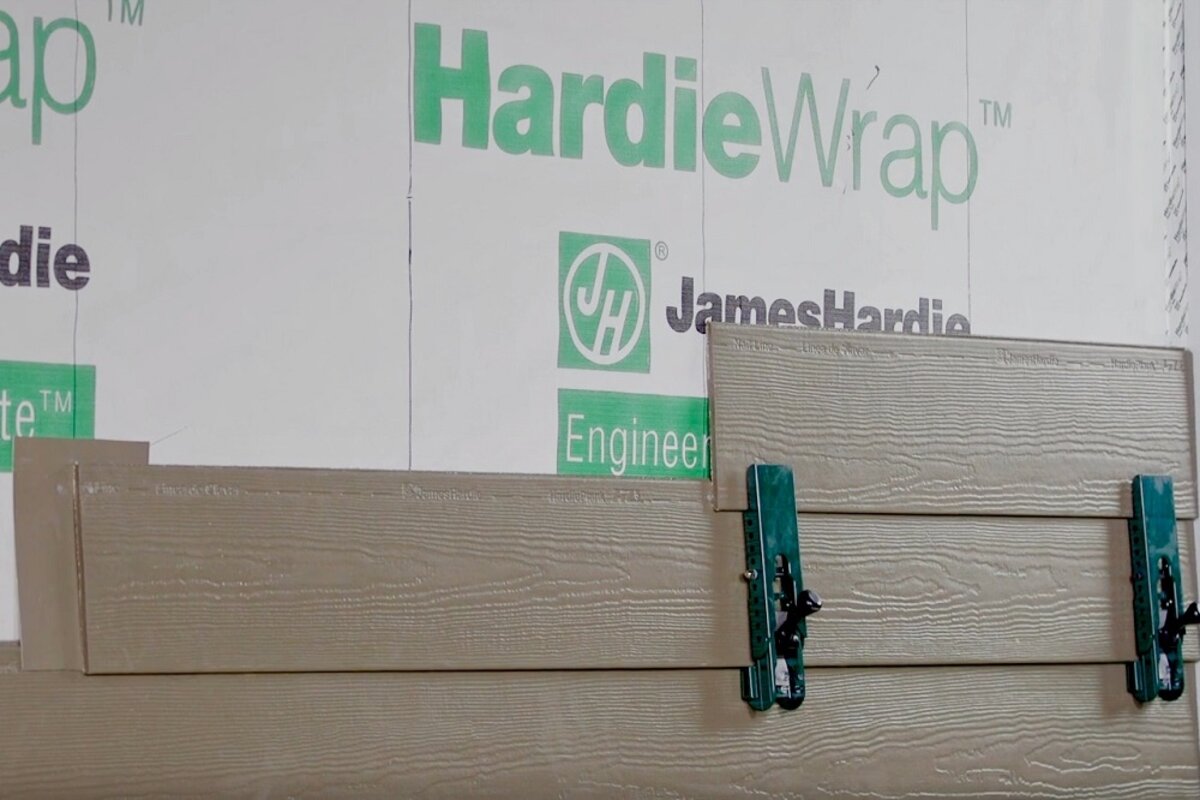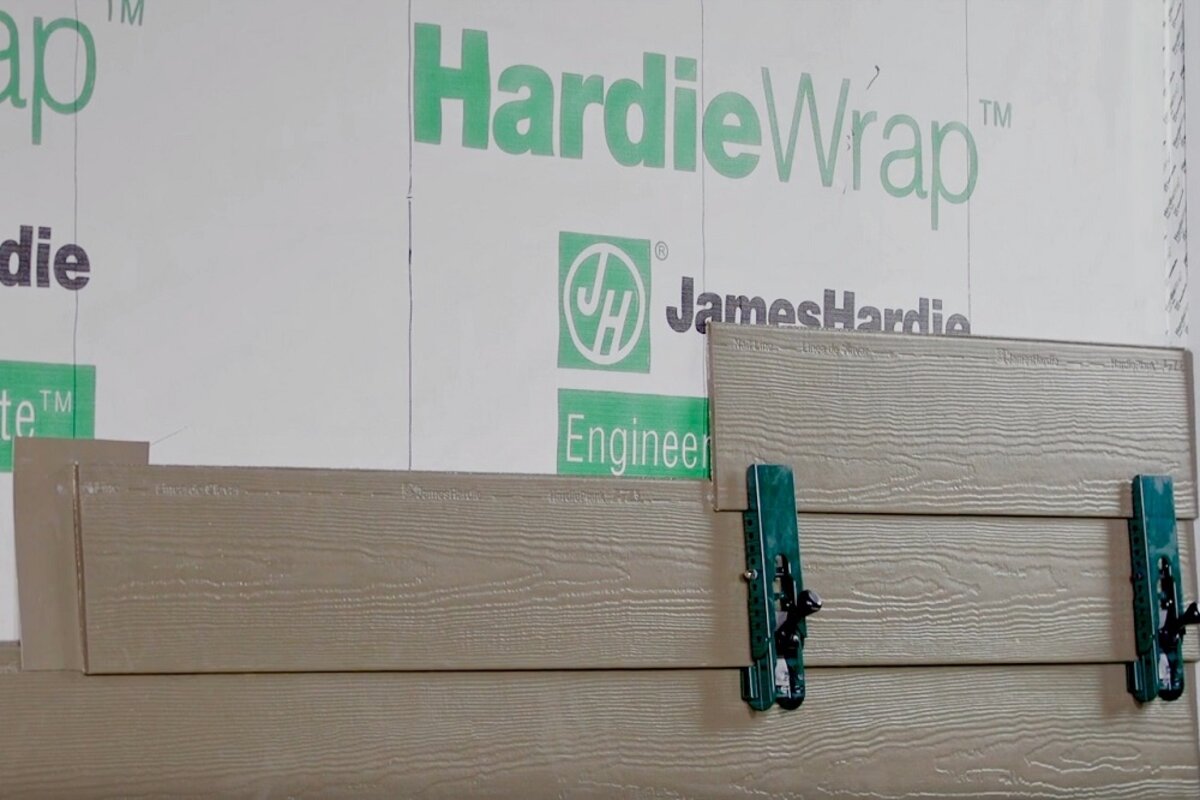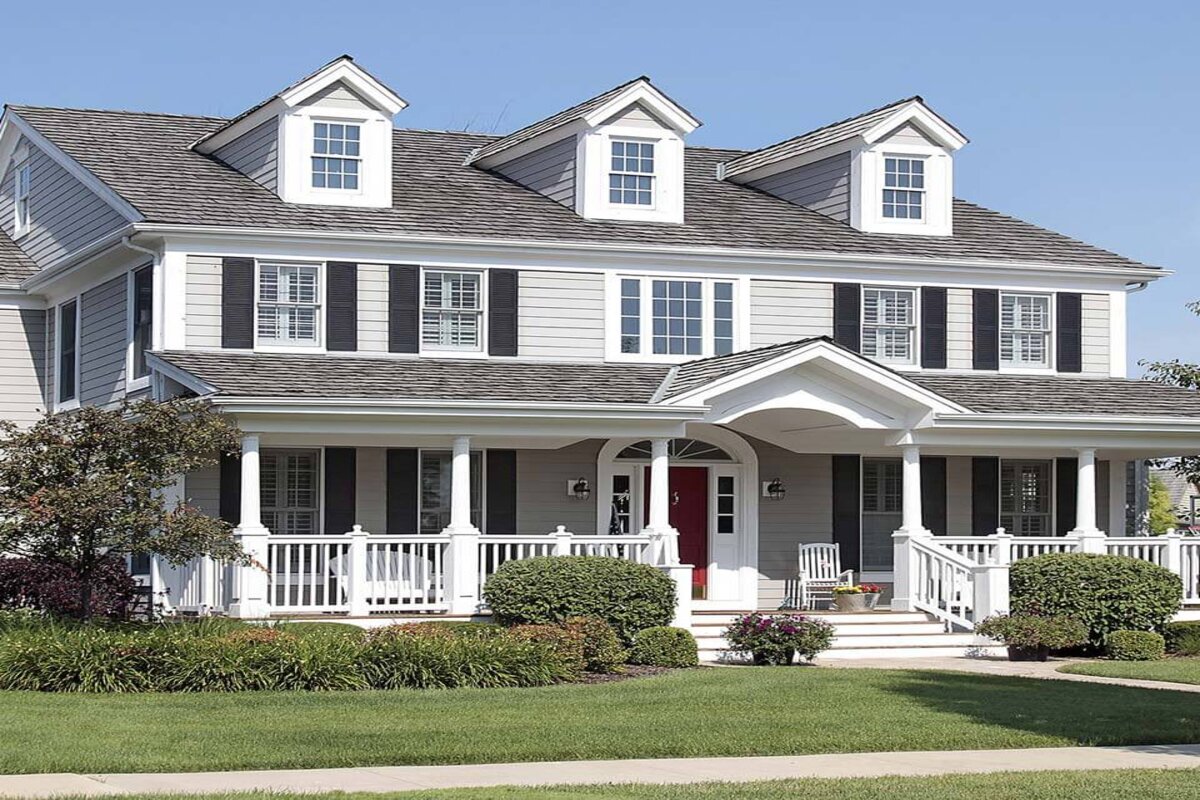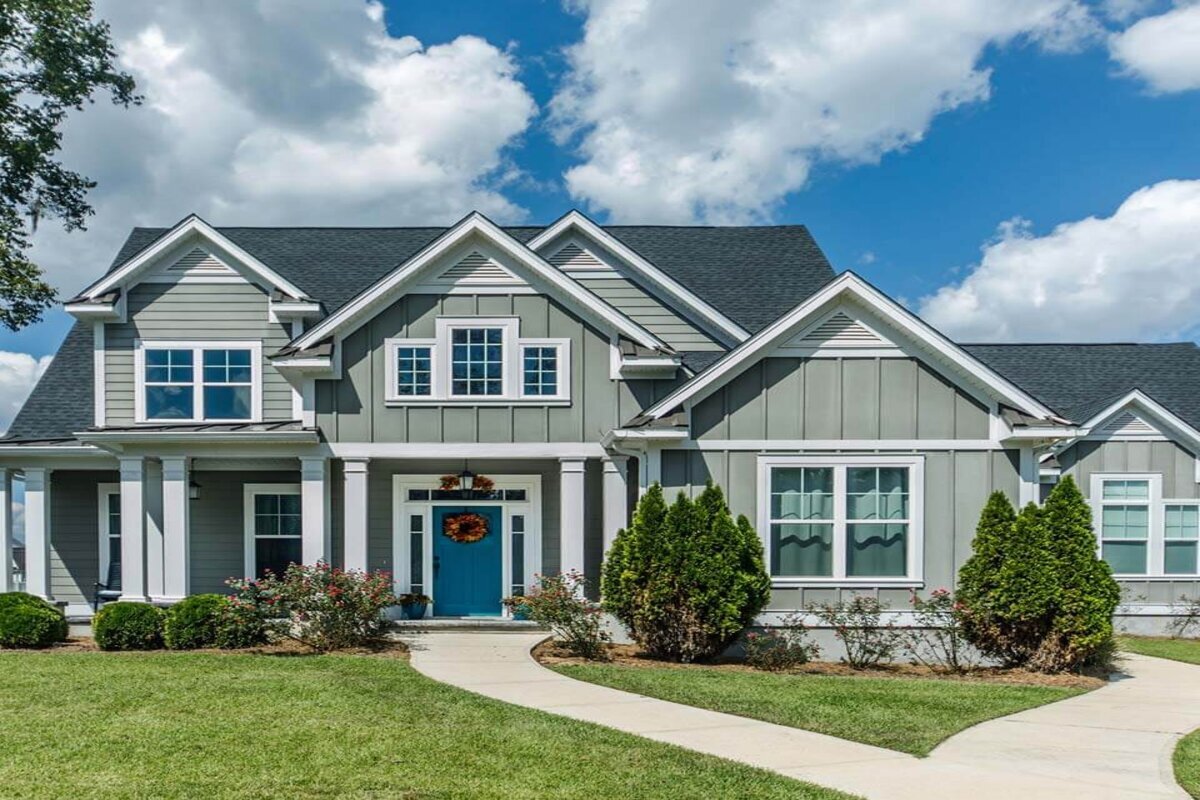When you install new siding, you have to choose the right siding color for your house in addition to the material. After all, your siding will have most of the color for your house (not counting the roof). It can have a major impact on your home’s overall aesthetic, curb appeal, and even resale value should you choose to sell it later.
But what color should you choose, and how can you tell whether one color or another is right for your needs? Let’s break down how you can choose the right siding color for your home in detail.
Consider House Style
First, consider your house style or aesthetic carefully. Different house styles are more appropriate for different colors for your new siding. Here are some examples:
- Craftsman homes, which appear more homey, typically go well with earthy color palettes, including rich brown colors, olive greens, and deep reds
- Tuscan homes also lean more toward the warmer side of things. For these homes, it’s best to choose the stone color for your house first, then choose a complementary siding color
- Low country homes are light and breezy. Shades of blue plus neutral accidents are usually great for these houses
- Victorian homes are complex and elegant. Nonetheless, they often have bold color combinations, including bright red, yellow, blue, and more
- Mediterranean homes, which are warmer like Tuscan homes. They’re frequently characterized by orange roof colors, so your siding color should be complementary with colors like peach or soft yellow
- French country homes are pretty flexible, and you can choose practically any siding color you can imagine and still make it work
Bottom line: house style affects what colors are appropriate for your home more than anything else.
Main Siding Color
You’ll also need to choose a primary siding color before thinking about accessory colors. Generally, the best rule of thumb when choosing the main siding color is to look at the location it’ll be seen the most. For example, if your home faces the sun, a bright and warm color will look better than a muted, dark color.
Above all else, don’t hesitate to experiment! In this day and age, homes with bright main siding colors often have increased curb appeal because they feel more unique and interesting to house shoppers. Therefore, if you want to pocket more money when you sell your house, redoing your siding in a bright color could be a wise idea.
Secondary and Stone Colors
Secondary or stone colors should be well-balanced and complementary to the main siding color for your house. For example, if you pick a cool neutral main siding shade, a warm secondary color can be used around the windows or near the roof to balance the aesthetic of your house overall.
Trim Colors
Then there are trim colors. Trim colors are the finishing touches for new siding installation. They make your home look finished and accented properly. For many homes, a classic white trim color is ideal, partially because of its versatility.
On the other hand, if you have a neutral siding color scheme overall, a bold trim color in red or blue might help your home stick out from all the other houses in your neighborhood.
Ask an Expert for Assistance in choosing the Right Siding Color for Your Home
In the end, there is no better way to choose the right siding color for your house than to contact an expert. As licensed James Hardie siding installation experts, Fairway Exteriors can help you pick a beautiful siding color with a free evaluation and estimate. Contact us today for more information and help choose the right siding color for your home.

